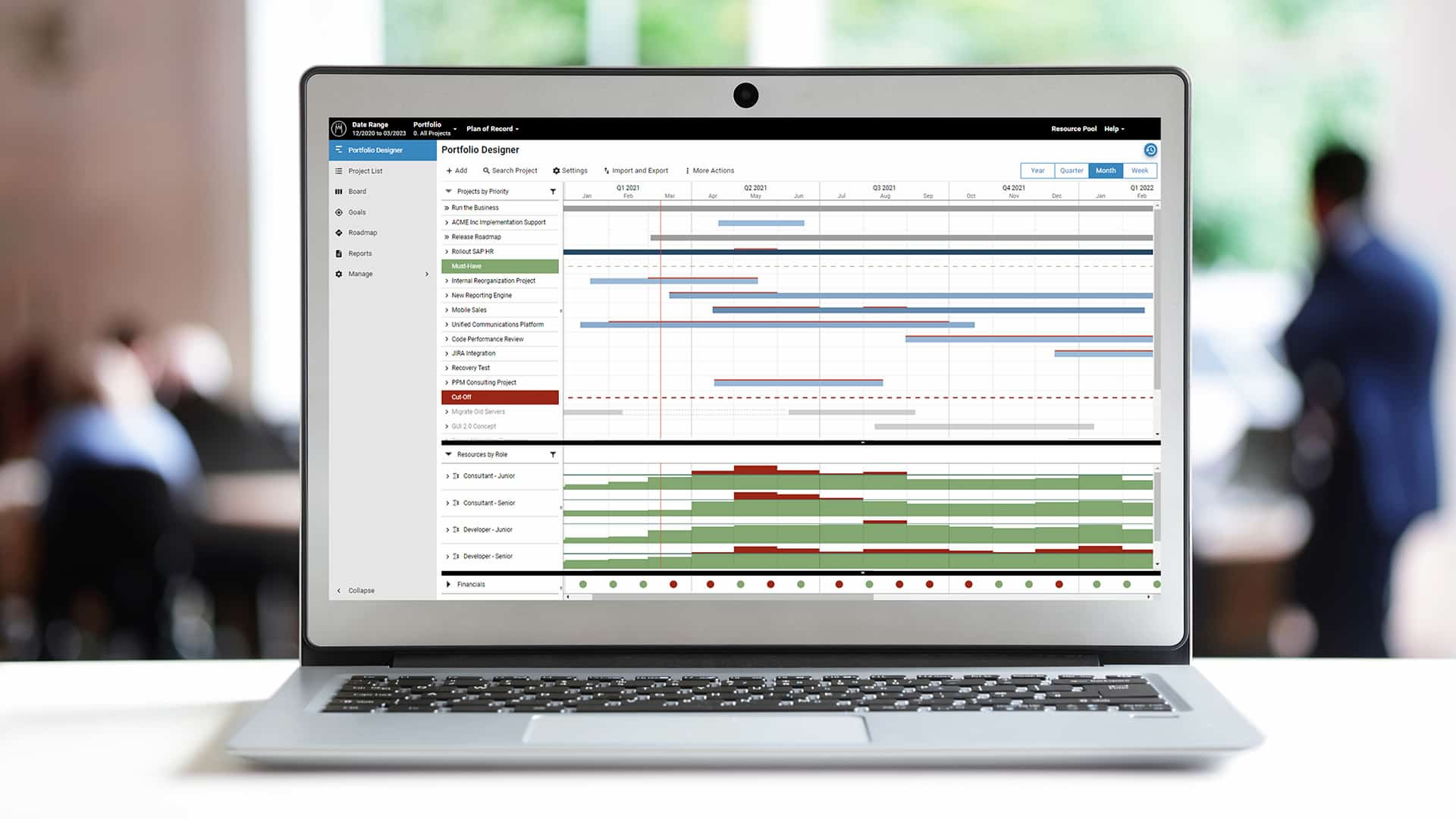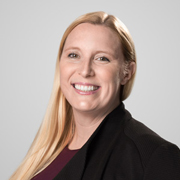Background
In the past few years, Ping Identity has seen fast growth and aggressive evolution into a cloud-forward company. Starting with their acquisition by Vista Equity in 2016 and subsequent IPO offering in 2019, Ping Identity has quadrupled in size. The identity security industry has been growing fast for over a decade and Ping Identity needed to scale fast to maintain their market share. This is where the Strategic Programs team was born.
The Strategic Programs team was designed to help Ping Identity scale efficiently, maintain profitability and drive business transformation. Whether it’s product launches, new system implementations or major digital and financial transformations, the Strategic Programs team are at the core of ensuring these projects are delivered. “We’re a team that’s made up of a mix of project managers and business analysts.” says Dan Madden, Director of Strategic Programs, “You can best compare us to an internal consulting function.” This team makes decisions on what projects are coming through the pipeline, how to prioritize these projects and when to execute said projects depending on available capacity.
- Founded: 2002
- Headquarters: Denver, Colorado
- Employees: Over 900
- Industry: Computer Software
Ping Identity Corporation is an American software company, specializing in identity and access management and is trusted by over half of the Fortune 500. Established in 2002 and headquartered in Denver, Colorado, the company has revenues of over $240 million.
Ping Identity provides a variety of service offerings including fraud detection, identity behavior business intelligence, single sign-on, active directories, multi-factor identifications, and more, making it uniquely positioned in the high-growth identity and access management market. As a company, Ping Identity has made it their primary mission to constantly improve their own security practices and “create products and services that are secure, resilient and assured.”
Complexity Builds
As the company grew, the size and complexity of the projects grew as well. To combat this growing complexity, the team developed a governance committee to plan and prioritize projects across multiple teams. This committee of representatives from relevant business functions meet once a month to manage the project intake process and make decisions on what is in the pipeline. Because the committee was highly democratic in nature and gave the team an opportunity to show their work to the broader company, it greatly improved transparency. However, as the company continued to grow, the Strategic Programs team saw a need to streamline this process even more.
At that point, the project pipeline and portfolio were managed in a shared spreadsheet. As more projects entered the pipeline and those projects grew more complex, it became more and more difficult to visualize the project portfolio and its impacts on resources. Ping Identity needed to see a full overview of all project timings, durations and priorities. At the same time, they needed to see when teams had available capacity to complete incoming projects. Some of their employees were in high demand, and everyone wanted them on their projects. It became very important to plan out their capacities far in advance to prevent missed delivery dates. The spreadsheets did not represent this kind of information in a way that was easy to understand or work with.

The spreadsheets used to manage the project portfolio also caused duplicate work for the Strategic Programs team. To provide a clear overview of the entire project portfolio to the governance committee, project managers had to enter their staffing plans in both Smartsheet and the spreadsheet. In addition, when a new project was added to the portfolio, all the formulas needed to be updated to correctly represent the impacts of the new project. “Every time a new project came on, someone would ask, ‘Hey Dan, can you go in and update the formulas so that they all work again?’ So, in other words, it was not very scalable.” said Madden. The spreadsheet representation of the project portfolio may have worked well for the team in the past, but it was simply too manual of a process to be scaled.
The Solution
With these challenges in mind, the Strategic Programs team implemented Meisterplan in the fall of 2020. Alongside this implementation, the team began to utilize Meisterplan’s scenario planning functionality in their governance committee meetings. Questions and options can now be visualized and tested on the spot, giving decision-makers the information to make the right decisions. “We have some months where we can reasonably move forward on everything in the pipeline,” says Madden. “We also have months where we have multiple projects ready to begin but lack the resources to fully support them. So, what’s the priority? We try to make those decisions in our monthly meetings using scenarios.” Testing new project prioritization, timing and resource staffing during these committee meetings makes it easy for the Strategic Programs team to understand the impacts of a decision on the portfolio.

The Meisterplan Portfolio Designer also makes it easy for the Strategic Programs team to illustrate potential constraints to the broader company. Sometimes a project may be in the early stages of the intake process, and the work required to get it done is underestimated. More teams might need to be brought into the project than initially planned. When this happens, the Strategic Programs team is now able to show the true impact by dragging the project above the Cut-Off line in Meisterplan and immediately see the impact on allocations in the resource histogram. Madden says that with Meisterplan, “we are able to show our work instead of just saying capacity demand is too high.”

Lastly, the Meisterplan Smartsheet connector helps to remove duplicate work. The Strategic Programs team can now automatically load projects and project staffing assignments into Meisterplan. This helps them visualize capacity and what’s upcoming in the pipeline without the extra work. When sharing this view during committee meetings, Madden says it’s, “more professional and more flexible” than the previous spreadsheet.
Overall, visualizing and processing their data in this new way helped Ping Identity provide more transparency and alignment to their company. The implementation of Meisterplan “really gave the business an appreciation for the end-to-end delivery of business transformation.” says Madden. Now that Ping Identity has switched from a static spreadsheet to a dynamic PPM software, the Strategic Programs team can better communicate to the broader organization and understand the impacts of project portfolio decisions.
What’s Next
As Ping Identity continues to grow and adapt, the Strategic Programs team intends to keep supporting the organization by driving efficient business transformation. This means that while their team has significantly streamlined their project pipeline process in the past year, they will most likely need to continue scaling their process alongside the organization’s growth. Some future improvements the team is evaluating include managing projects and resources from other relevant teams, API reporting and ROI calculations.

As the information within Meisterplan grows, Ping Identity also intends to ramp up their reporting with the Meisterplan Reporting API. Using external reporting, employees who don’t work directly in Meisterplan can access key project portfolio insights.
The team currently uses their own value scoring model for project prioritization based on business goals and project characteristics. This value scoring is calculated in Smartsheet and then imported into Meisterplan. In the future, the team wants to pull strategic finance data into this calculation to better understand the ROI for their projects and greater portfolio.
With these initiatives in mind, Ping Identity is well prepared to remain market leaders in their fast-paced industry.
Read Next

Riedel Conquers Hybrid R&D Projects with Meisterplan’s Strategic Resource Planning



